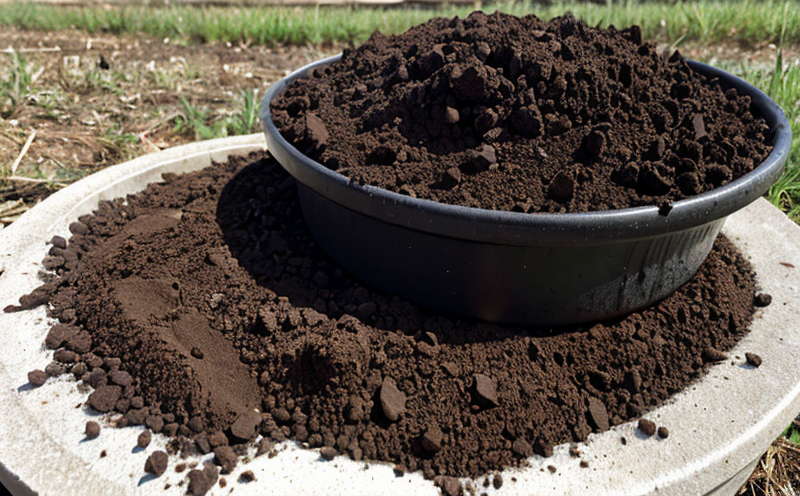EN 15002 Acid Digestion of Residual Byproducts for Metal Content
The European standard EN 15002 outlines a procedure for the acid digestion of residual byproducts to determine their metal content. This method is crucial in waste management and recycling testing, ensuring that materials are accurately assessed before they enter the recycling loop or are disposed of.
This process begins with the preparation of a sample of the residual byproduct. The sample must be thoroughly mixed to ensure homogeneity, which is essential for accurate analysis. Once prepared, the sample undergoes digestion in concentrated nitric acid and perchloric acid at elevated temperatures (typically 180°C). This step ensures that all organic materials are broken down into their elemental components.
The digested solution is then filtered to remove any undigested solids. The filtrate is diluted with distilled water according to the standard's specifications, and it is then analyzed using inductively coupled plasma optical emission spectrometry (ICPOES) or equivalent methods. This allows for precise determination of trace metal concentrations present in the byproduct.
The methodology outlined in EN 15002 is widely used across various industries that deal with waste management and recycling, ensuring compliance with environmental regulations. It provides a standardized approach to metal content analysis, which is critical for determining the recyclability or reusability of materials.
Compliance with this standard ensures that facilities handling residual byproducts can accurately assess their material composition, thereby reducing environmental impact and promoting sustainable practices. By adhering to these standards, organizations demonstrate their commitment to responsible waste management and recycling processes.
Scope and Methodology
The EN 15002 standard applies specifically to the acid digestion of residual byproducts from waste streams, focusing on the determination of metal content. This scope covers various types of byproducts that are generated during industrial processes, including but not limited to, slag, fly ash, bottom ash, and other non-hazardous materials.
- Sample preparation: The residual byproduct is thoroughly mixed to ensure homogeneity.
- Digestion process: Samples are digested using concentrated nitric acid and perchloric acid at 180°C.
- Filtration: Undigested solids are removed through filtration.
- Dilution: The filtrate is diluted with distilled water to standardize the concentration for analysis.
The methodology ensures that all organic components are broken down, allowing accurate measurement of metal content. This process is critical for ensuring that residual byproducts meet quality and environmental standards before being recycled or disposed of.
Benefits
- Accurate Metal Content Determination: Ensures precise measurement of metal content, which is essential for recycling and disposal decisions.
- Compliance Assurance: Helps organizations comply with environmental regulations by providing a standardized method for testing.
- Sustainable Practices: Promotes responsible waste management practices that minimize environmental impact.
Industry Applications
EN 15002 finds extensive application in the following sectors:
- Recycling Facilities: Ensures that residual byproducts are accurately assessed before being recycled.
- Power Plants: Provides accurate metal content data for fly ash and bottom ash from coal-fired power plants.
- Steel Mills: Assists in the assessment of slag generated during steel production processes.





